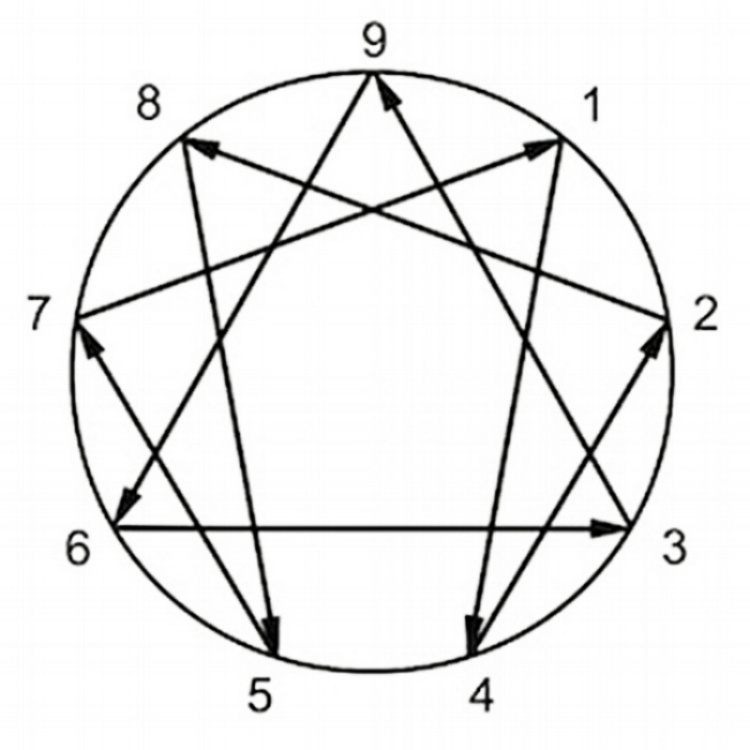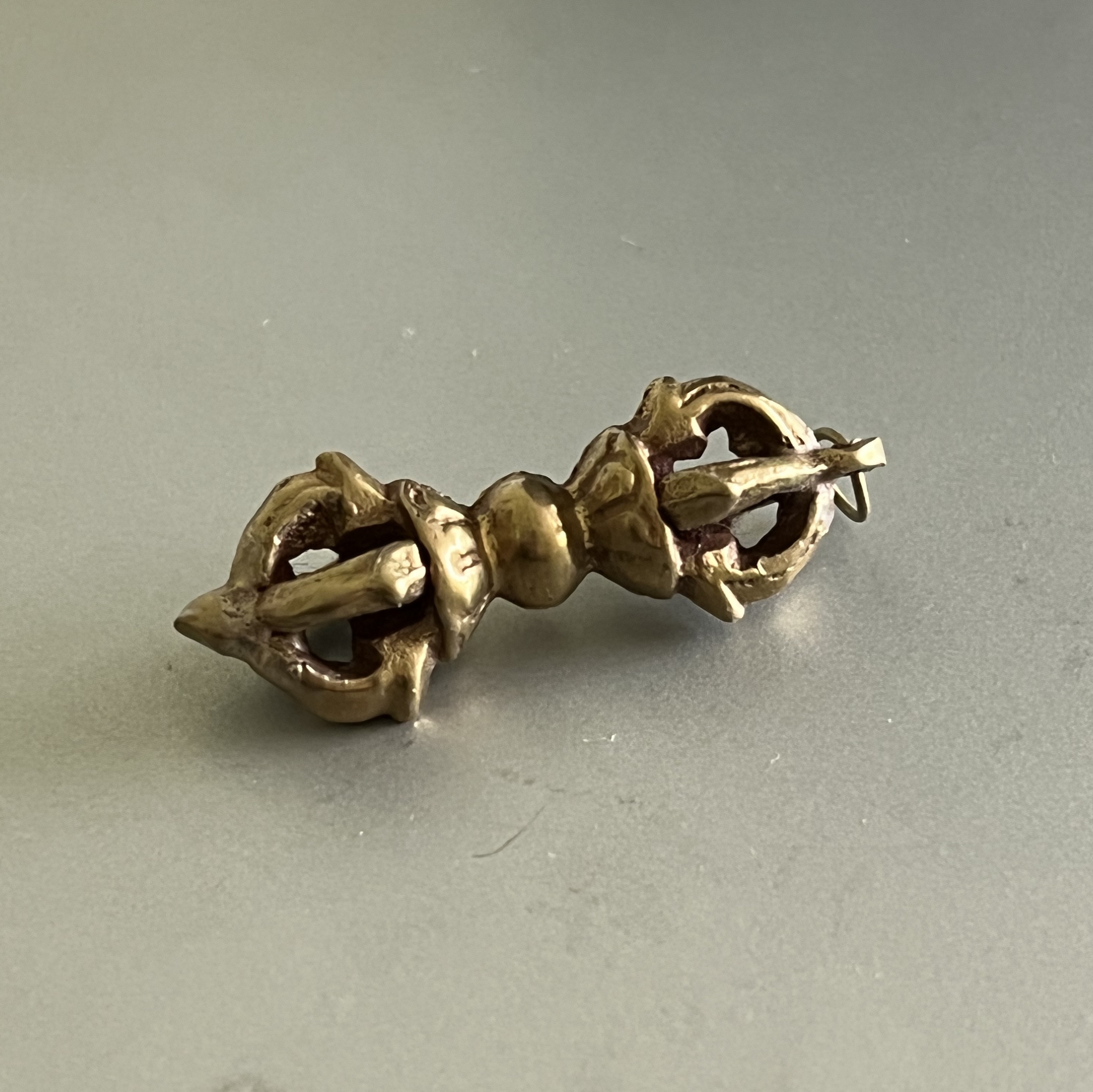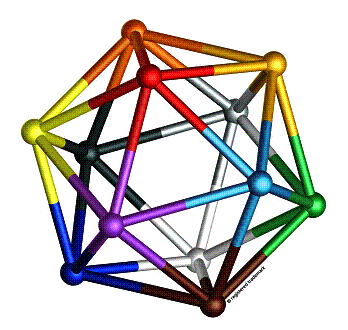NFT Symbols
Symbology was an important aspect of how Vasil saw the world. Symbolic objects populated his living space and daily life. The first staking pool NFT incorporates several key symbols that reflect Vasil’s values and aesthetic.
Ginkgo Seeds and Leaves
Vasil’s father was an agronomist who invented new strains of peaches and had a large yard where he and Vasil’s mother grew many trees, fruit, vegetables, and nuts.
After working as an IT entrepreneur for 15 years, co-founding one of the first private IT businesses in Bulgaria in 1989, and receiving a Master’s degree in Psychology of the Workplace, Vasil became obsessed with Ginkgo Biloba trees. He collected thousands of seeds from a variety of Ginkgo trees in Bulgaria, neighboring countries, and the USA. He also ordered and read a number of books about the tree species. As a result of this obsession, over the course of the next 17 years he planted more than 10,000 Ginkgo trees, had a monopoly on the Bulgarian Ginkgo Biloba tree market, and created by far the largest Ginkgo plantation in Bulgaria.
Ginkgo is a living fossil which dates to 170 million years ago. It is an incredibly resilient species. A handful of Ginkgo trees growing between 1-2 miles of the nuclear explosion were some of the few living organisms to survive the blast from the explosion.
Naturally Vasil was drawn the to shapes of the leaves, the crowns of the trees, and the seeds as potent symbols, which highlight the emergent patterns in biological species as well as consciousness itself.

Enneagram
A powerful symbol related to dynamic/spiritual transformation which Vasil was very fond of is the Enneagram. The Enneagram is a dynamic map for the transformation of consciousness based on ascending & descending patterns.

Inside this symbol there are 2 trajectories of movement:
- Via the triangle axis
- Via the other axis
The latter movement is based on the decimals of the number Pi [3.]142857...
Dorje
The dorje (also known as vajra) is a Buddhist ritual object used to cut attachments to the regular world. It is an important Vajrayana Buddhist symbol that Vasil was very fond of. Vasil was a practitioner of Dzogchen buddhism and studied under Namkhai Norbu Rinpoche. He was an active participant in and supporter of Dzogchen events in Bulgaria and Romania.

Cyrillic Script
Vasil was keenly interested in all the ways in which language shapes consciousness. Although he considered himself a ‘citizen of the planet,’ Vasil chose to spend his life in his home country Bulgaria. He was well-read in multiple languages, including Bulgarian. The script/books symbol represents language itself as well as more specifically the Cyrillic script used in the Bulgarian alphabet.

Icosahedrons
Vasil was very interested in the application of Stafford Beer’s work on Team Syntegrity. The icosahedron which has 12 nodes and 30 struts is used by Beer in his Syntegration model, a form of non-hierarchical problem solving that can be used in a small team of 10 to 42 people. Multiple icosahedrons were prominent in Vasil’s living space.
